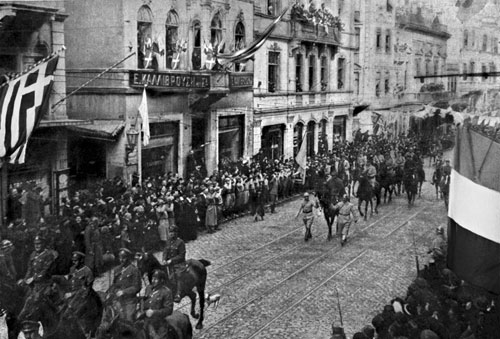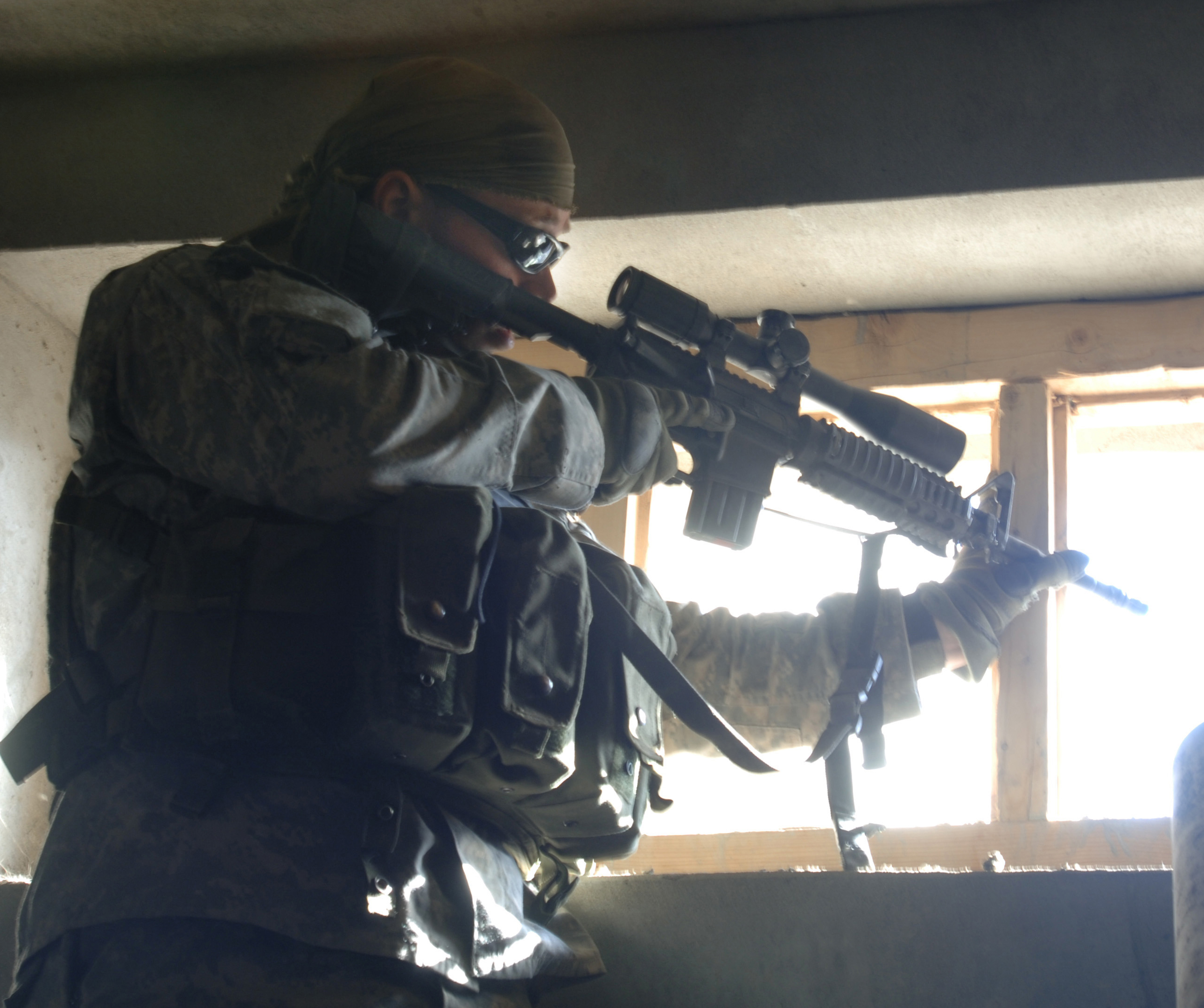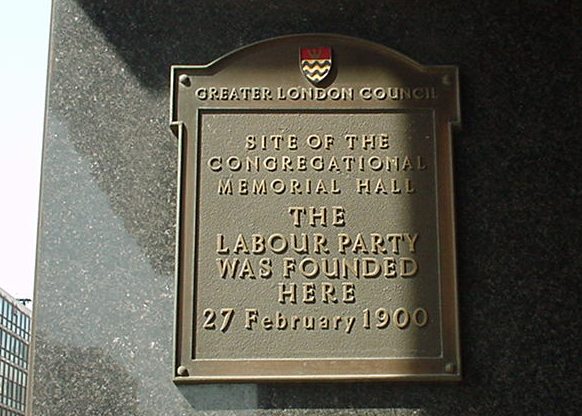|
Ă–mer KĂĽyĂĽk
Ă–mer KĂĽyĂĽk (1900 – 12 January 2006) was one of the last Turkish people, Turkish veterans of the Turkish War of Independence (1919–1923). Called , he fought in the Independence War as a marksman private (rank), private. He lived in the small town of Iskilip in Çorum Province, and died on January 12, 2006, at the age of 106. His memories from the War of Independence and his daily life along with those of two other veterans, Veysel Turan and Yakup Satar, are depicted in the documentary film ''Son BuluĹźma'' (2007) () by Nesli Çölgeçen. References 1900 births 2006 deaths People from Ä°skilip Turkish military personnel of the Turkish War of Independence Members of Kuva-yi Milliye Turkish men centenarians {{Turkey-mil-bio-stub ...[...More Info...] [...Related Items...] OR: [Wikipedia] [Google] [Baidu] |
Turkish People
Turks (), or Turkish people, are the largest Turkic peoples, Turkic ethnic group, comprising the majority of the population of Turkey and Northern Cyprus. They generally speak the various Turkish dialects. In addition, centuries-old Turkish communities in the former Ottoman Empire, ethnic Turkish communities still exist across other former territories of the Ottoman Empire. Article 66 of the Constitution of Turkey defines a ''Turk'' as anyone who is a citizen of the Turkish state. While the legal use of the term ''Turkish'' as it pertains to a citizen of Turkey is different from the term's ethnic definition, the majority of the Turkish population (an estimated 70 to 75 percent) are of Turkish ethnicity. The vast majority of Turks are Sunni Islam, Sunni Muslims, with a notable minority practicing Alevism. The ethnic Turks can therefore be distinguished by a number of cultural and regional variants, but do not function as separate ethnic groups. In particular, the culture of the ... [...More Info...] [...Related Items...] OR: [Wikipedia] [Google] [Baidu] |
Turkish War Of Independence
, strength1 = May 1919: 35,000November 1920: 86,000Turkish General Staff, ''Türk İstiklal Harbinde Batı Cephesi'', Edition II, Part 2, Ankara 1999, p. 225August 1922: 271,000Celâl Erikan, Rıdvan Akın: ''Kurtuluş Savaşı tarihi'', Türkiye İş̧ Bankası Kültür Yayınları, 2008, p. 339. , strength2 = 60,000 30,000 20,000 7,000 , casualties1 = 13,000 killedKate Fleet, Suraiya Faroqhi, Reşat Kasaba: The Cambridge History of Turkey Volume 4'', Cambridge University Press, 2008, , p. 159.22,690 died of diseaseSabahattin Selek: ''Millî Mücadele – Cilt I (engl.: National Struggle – Edition I)'', Burçak yayınevi, 1963, p. 109. 5,362 died of wounds or other non-combat causes35,000 wounded7,000 prisonersAhmet Özdemir''Savaş esirlerinin Milli mücadeledeki yeri'', Ankara University, Türk İnkılap Tarihi Enstitüsü Atatürk Yolu Dergisi, Edition 2, Number 6, 1990, pp. 328–332Total: 83,052 casualties , casualties2 = 24,240 kill ... [...More Info...] [...Related Items...] OR: [Wikipedia] [Google] [Baidu] |
Marksman
A marksman is a person who is skilled in precision shooting. In modern military usage this typically refers to the use of projectile weapons such as an accurized telescopic sight, scoped long gun such as designated marksman rifle (or a sniper rifle) to shoot at high-value targets at long range shooting, longer-than-usual ranges. The proficiency in precision shooting is known as a shooter's marksmanship, which can be used to describe both gunnery and archery. Description In common usage, "sharpshooter" and "marksman" are synonymous. Within the specialized fields of shooting sports and military usage, however, sharpshooter and marksman each refer to different levels of skill. Specifically, in the US Army, "marksman" is a rating below "sharpshooter" and "expert". Four levels of skill are generally recognized today in American military and civilian shooting circles: unqualified, marksman, sharpshooter, and expert. Marksmanship Badges (United States), Marksmanship badges for the thr ... [...More Info...] [...Related Items...] OR: [Wikipedia] [Google] [Baidu] |
Private (rank)
A private is a soldier, usually with the lowest Military rank, rank in many armies. Soldiers with the rank of private may be conscription, conscripts or they may be professional (career) soldiers. The term derives from the term "private soldier". "Private" comes from the Latin word ''privus'' or perhaps ''privo'' that meant an individual person and later an individual without an Official (other), office. Asia Indonesia In Indonesia, this rank is referred to as ''Tamtama'' (specifically ''Prajurit'' which means soldier), which is the lowest rank in the Indonesian National Armed Forces. In the Indonesian Army, Indonesian Marine Corps, and Indonesian Air Force, "Private" has three levels, which are: Private (''Prajurit Dua''), Private First Class (''Prajurit Satu''), and Chief Private (''Prajurit Kepala''). After this rank, the next promotion is to Corporal. File:prada pdh ad.png, Private (''Prajurit Dua'') File:pratu pdh ad.png, Private First Class (''Prajurit Satu'') ... [...More Info...] [...Related Items...] OR: [Wikipedia] [Google] [Baidu] |
Çorum Province
Çorum () is a province in the Black Sea Region of Turkey, but lying inland and having more characteristics of Central Anatolia than the Black Sea coast. Its area is 12,428 km2, and its population is 524,130 (2022). Its provincial capital is the city of Çorum, the traffic code is 19. History Excavations reveal that Çorum area was inhabited during the Paleolithic, Neolithic period and the 4th stage of the Calcolithic Age. Remains of these periods have been found at Büyük Güllüce, Eskiyapar and Kuşsaray. In later times Çorum and its environs were dominated by Hittites and in the district of Boğazkale is one of the most important Hittite sites in Anatolia, the UNESCO World Heritage listed Hattusa, the capital of the Hittite Empire from 1700 BC to 1200 BC. Other important Hittite sites include the open-air temples at Yazılıkaya and Alacahöyük; royal tombs; and the excavations of Boğazköy including tablets proving tradings links between the Hittites and t ... [...More Info...] [...Related Items...] OR: [Wikipedia] [Google] [Baidu] |
Veysel Turan
Veysel Turan (1901 - 25 March 2007) was one of the last Turkish veterans of the Turkish War of Independence (1919–1923). Military years He joined the newly-established army of Mustafa Kemal Pasha in Ankara. In the early period of the Turkish War of Independence (1919–1923), he carried grain from various places of the country to the soldiers in the west front. Following the Greek Summer Offensive in 1920, he was assigned to a military hospital in Kütahya. He then fought in clashes near Polatlı. He remembers that "they had to bury the fallen in night in order not to demoralize their comrades". After the retreat of the Greek troops, he received a horse, and became a cavalryman in the combat assault battalion of the 1st Division. Subsequently, he took part in the Second Battle of İnönü (1921), Battle of Sakarya (1921) and Battle of Dumlupınar (1922). Later years In his later years, Tuyrma earned his living by farming. He lived nearly 25 years bedridden at Aydınlıkevler n ... [...More Info...] [...Related Items...] OR: [Wikipedia] [Google] [Baidu] |
Yakup Satar
Yakup Satar (11 March 1898 – 2 April 2008) was a Turkish soldier who is believed to have been the last Ottoman veteran of the First World War. He died at age 110. Born in Crimea, Satar joined the army of the Ottoman Empire in 1915. On 23 February, 1917, he was taken prisoner by the British in the Baghdad campaign's Second Battle of Kut. Freed after the end of the war, Satar then served in the forces of Mustafa Kemal AtatĂĽrk in the Turkish War of Independence, which lasted from 1919 to 1923. Shortly before his 110th birthday, he was treated for a minor infection at a military hospital before being released home, where he lived with his daughter in the Seyitgazi district of EskiĹźehir. He died soon after turning 110. His memories from the War of Independence and his daily life along with those of two other veterans, Ă–mer KĂĽyĂĽk and Veysel Turan, are depicted in the documentary film '' Son BuluĹźma'' (2007) () by Nesli Çölgeçen. [...More Info...] [...Related Items...] OR: [Wikipedia] [Google] [Baidu] |
Son BuluĹźma
''Son Buluşma'' () is a Turkish documentary film produced in 2007 and directed by Nesli Çölgeçen. The film depicts the memoires and the daily life of the three last veterans of the Turkish War of Independence, Ömer Küyük, Veysel Turan and Yakup Satar. The last witnesses of the war of independence (1919–1923) tell their memories. "Nişancı Er Ömer" () from Çorum pays first a visit to his commander, Mustafa Kemal Atatürk, at Anıtkabir in Ankara. He then travels to meet his comrades, "Sıhhiyeci Onbaşı Veysel" () in Konya and "Süvari Yakup" () in Eskişehir. At the time of the film shooting in 2006, Ömer Küyük was 106 years of age, Veysel Turan 105 and Yakup Satar 108. In the film, they remember the wartime and say farewell to each other. Not long after the material for the documentary was filmed, all three veterans died, Ömer Küyük on January 13, 2006, Veysel Turan on March 25, 2007, and Yakup Satar on April 2, 2008. No one of them was able to watch the premi ... [...More Info...] [...Related Items...] OR: [Wikipedia] [Google] [Baidu] |
1900 Births
As of March 1 ( O.S. February 17), when the Julian calendar acknowledged a leap day and the Gregorian calendar did not, the Julian calendar fell one day further behind, bringing the difference to 13 days until February 28 ( O.S. February 15), 2100. Summary Political and military The year 1900 was the end of the 19th century and the beginning of the 20th century. Two days into the new year, the U.S. Secretary of State John Hay announced the Open Door Policy regarding China, advocating for equal access for all nations to the Chinese market. The Galveston hurricane would become the deadliest natural disaster in United States history, killing between 6,000 and 12,000 people, mostly in and near Galveston, Texas, as well as leaving 10,000 people homeless, destroying 7,000 buildings of all kinds in Galveston. As of 2025, it remains the fourth deadliest Atlantic hurricane on record. An ongoing Boxer Rebellion in China escalates with multiple attacks by the Boxers on Chines ... [...More Info...] [...Related Items...] OR: [Wikipedia] [Google] [Baidu] |
2006 Deaths
This is a list of lists of deaths of notable people, organized by year. New deaths articles are added to their respective month (e.g., Deaths in ) and then linked below. 2025 2024 2023 2022 2021 2020 2019 2018 2017 2016 2015 2014 2013 2012 2011 2010 2009 2008 2007 2006 2005 2004 2003 2002 2001 2000 1999 1998 1997 1996 1995 1994 1993 1992 1991 1990 1989 1988 1987 1986 Earlier years ''Deaths in years earlier than this can usually be found in the main articles of the years.'' See also * Lists of deaths by day * Deaths by year (category) {{DEFAULTSORT:deaths by year ... [...More Info...] [...Related Items...] OR: [Wikipedia] [Google] [Baidu] |
People From Ä°skilip
The term "the people" refers to the public or common mass of people of a polity. As such it is a concept of human rights law, international law as well as constitutional law, particularly used for claims of popular sovereignty. In contrast, a people is any plurality of persons considered as a whole. Used in politics and law, the term "a people" refers to the collective or community of an ethnic group or nation. Concepts Legal Chapter One, Article One of the Charter of the United Nations states that "peoples" have the right to self-determination. Though the mere status as peoples and the right to self-determination, as for example in the case of Indigenous peoples (''peoples'', as in all groups of indigenous people, not merely all indigenous persons as in ''indigenous people''), does not automatically provide for independent sovereignty and therefore secession. Indeed, judge Ivor Jennings identified the inherent problems in the right of "peoples" to self-determination, as i ... [...More Info...] [...Related Items...] OR: [Wikipedia] [Google] [Baidu] |




